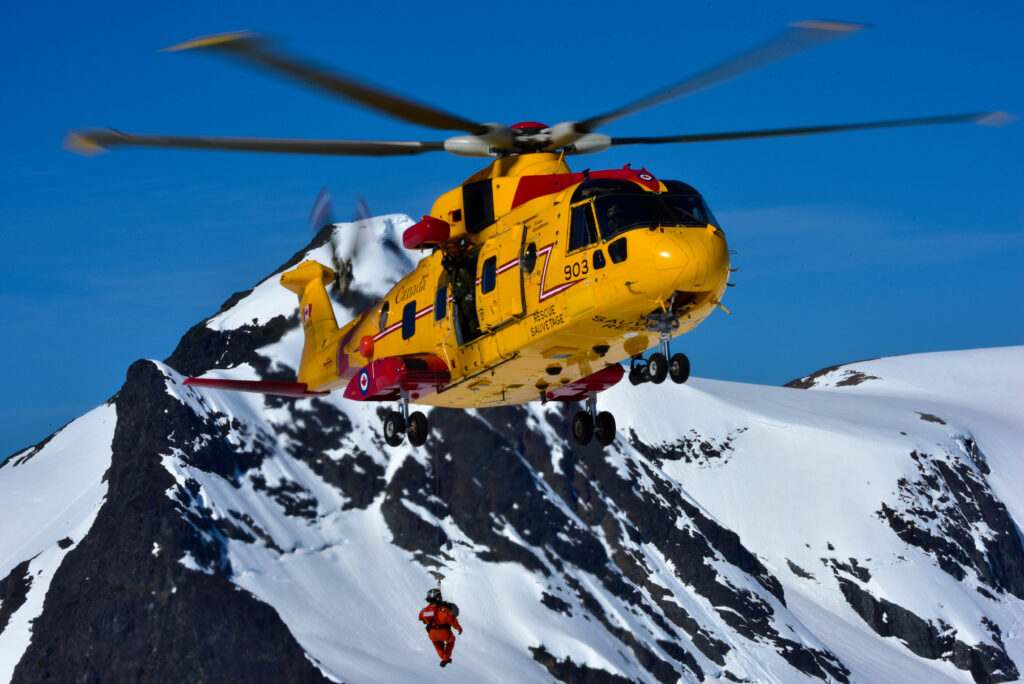- Reaction score
- 18,656
- Points
- 1,360
No, the 412 developed from the 212, itself a civilian version of the UH-1N Twin Huey. In the late-70s, Petroleum Helicopters Inc. (PHI) in Louisiana and some other smaller operators worked with Bell to produce a faster version of the 212 as the extra 20-30 knots would make their aircraft more productive in the Gulf of Mexico oil fields. PHI was Bell’s largest introductory 412 operator in 82/83. Norway procured some militarized SP-variants of the 412 shortly after PHI’s implementation and the 412 became regularly militarized in various models thereafter (SP, HP, CF, EP, EPI).The 412 is a civilian market evolution of the original Vietnam era Huey, not the Twin Huey, so there's almost nothing in common with the Yankee and Zulu, not even the engine (the 412 uses a single Whitney & Pratt Canada PT6 instead of twin GE T700s).
The 412 (as is the 212) is powered by a P&WC PT6T Twin Pac engine, which is a conjoined pair of PT6 turbo shaft engines. It technically is a single ‘power unit’ but it most definitely has two (twin) separate power sections. Many militarized 412s (including the CH146 Griffon) are powered the T400, a military variant of the PT6T.
The major point of the previous discussion was that the USMC performed a wee bit of prestidigitation with their old Twin Hueys…essentially keeping the data plate (and small folding cargo doors and tail pedals) and wrapping a ‘relatively new’ everything else around the data plate to align with the slightly less drastic AH-1W Super Cobra to AH-1Z Viper


